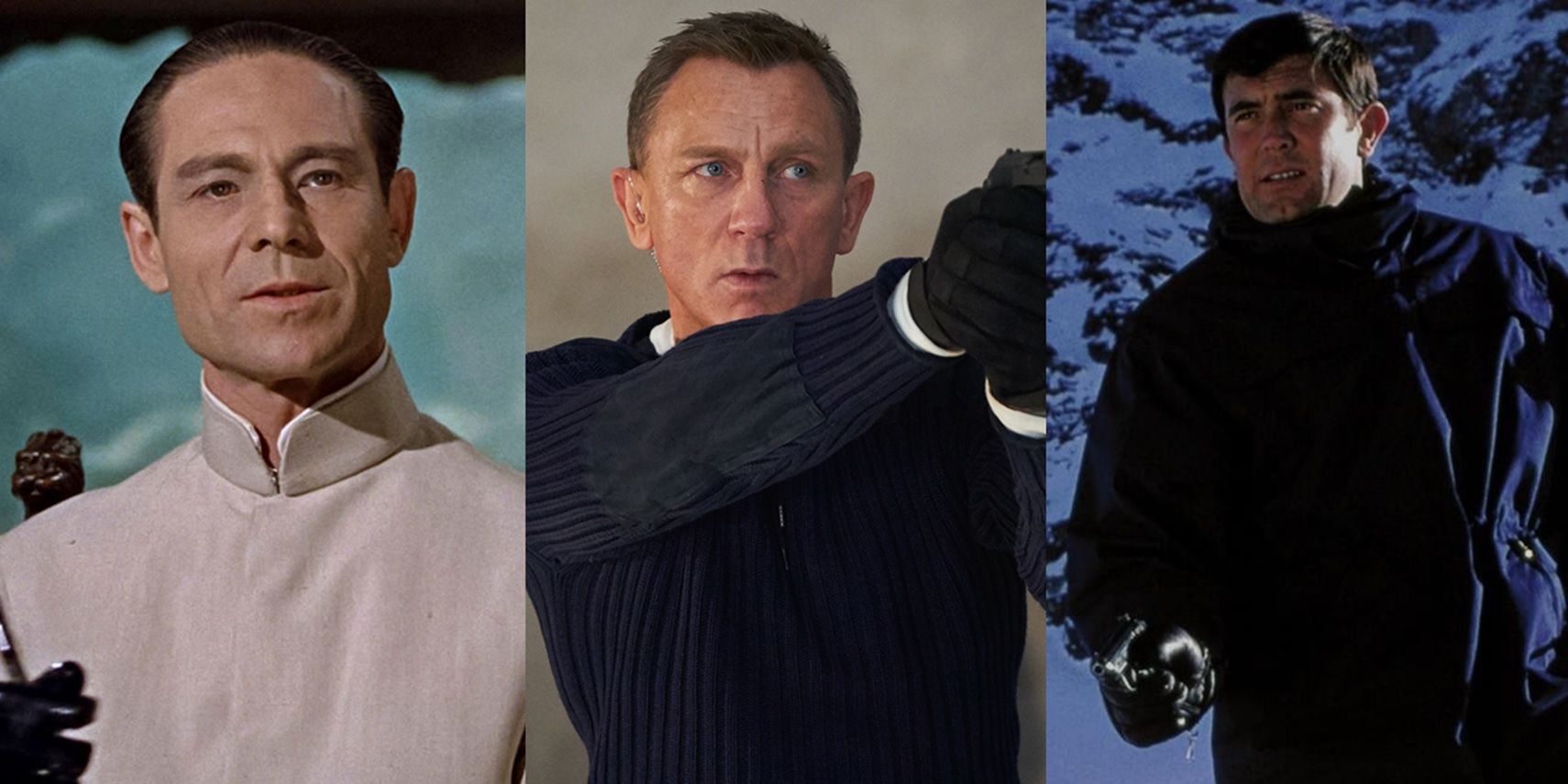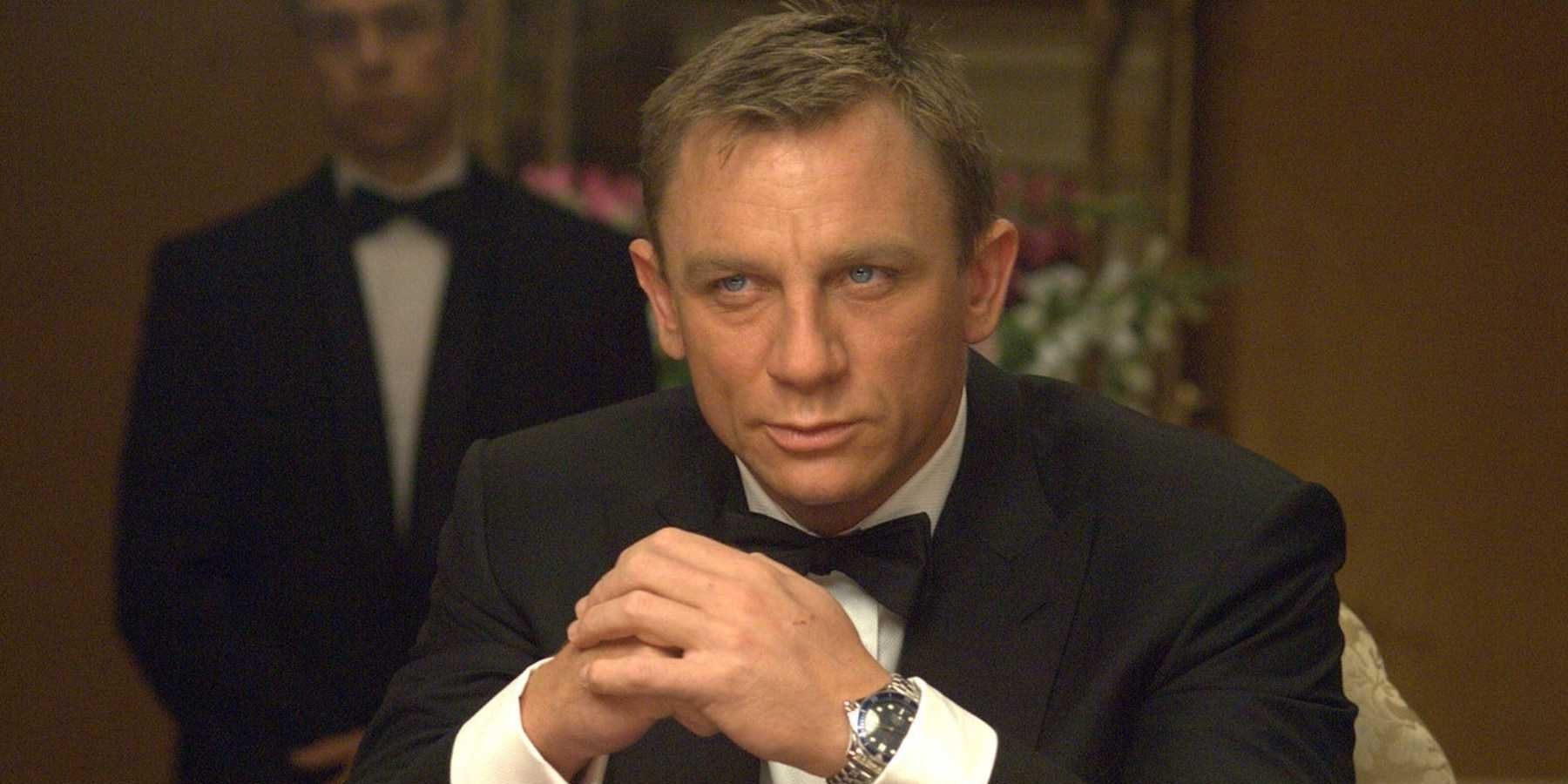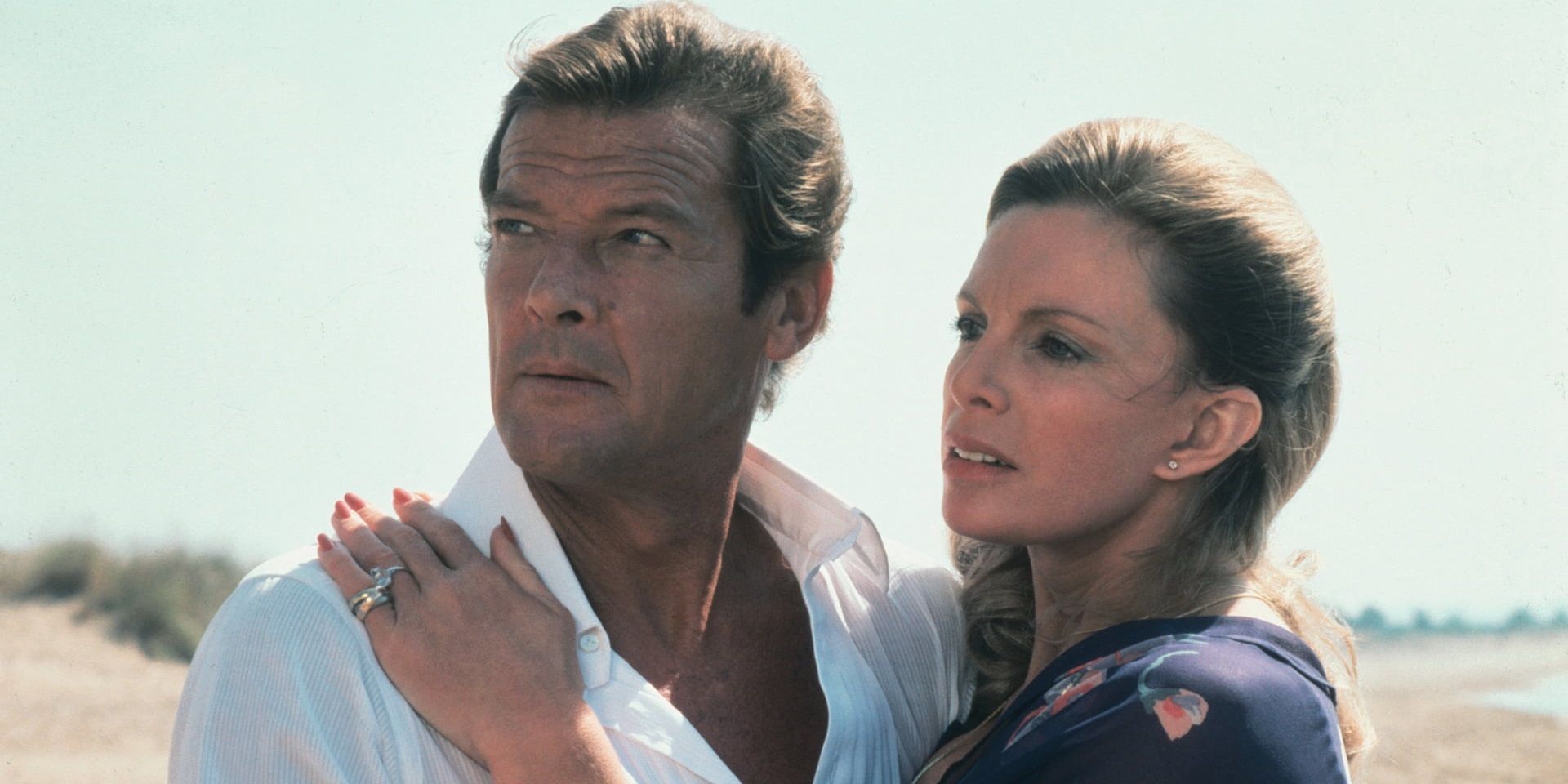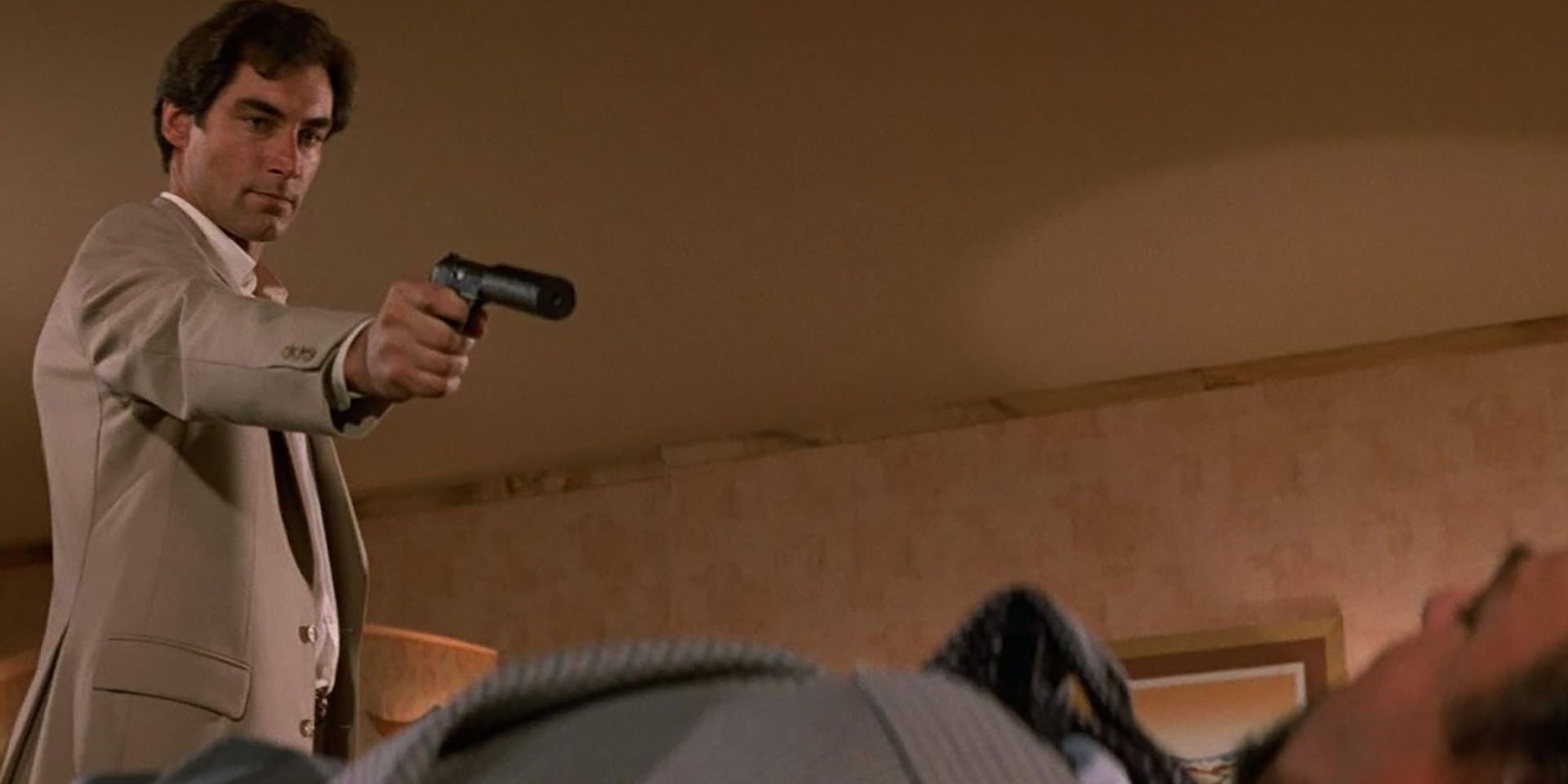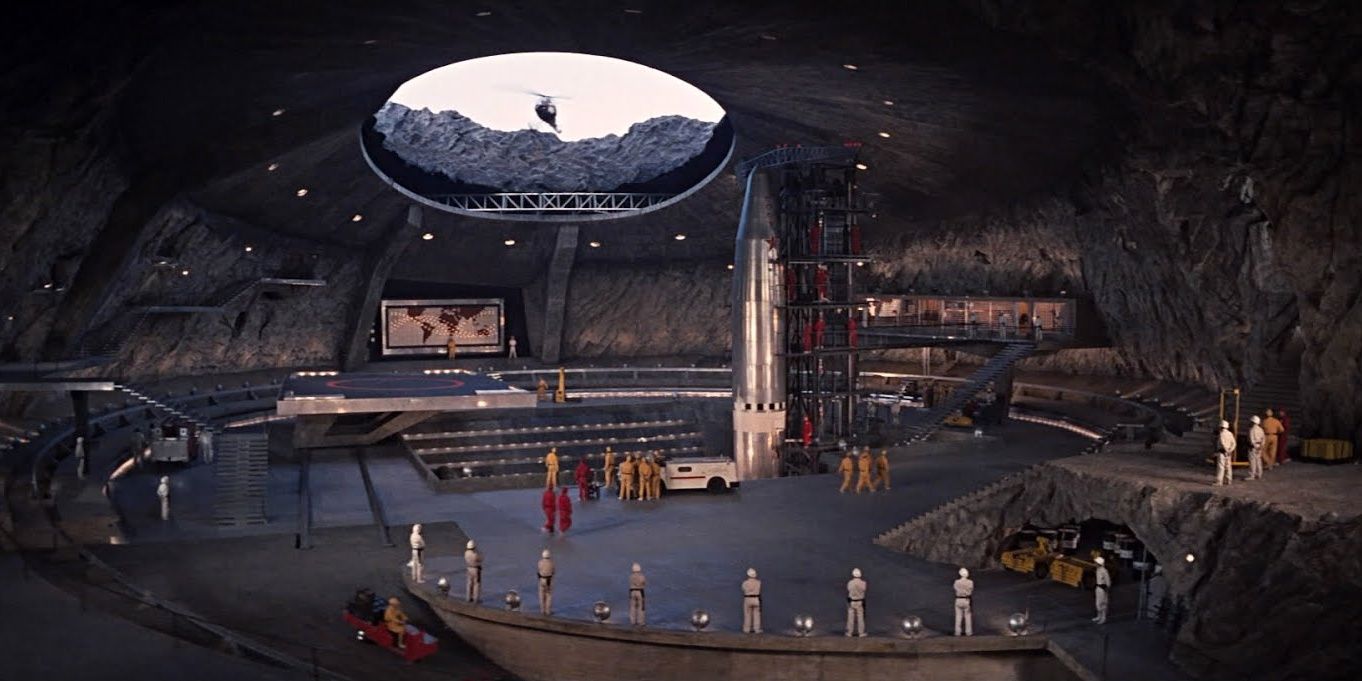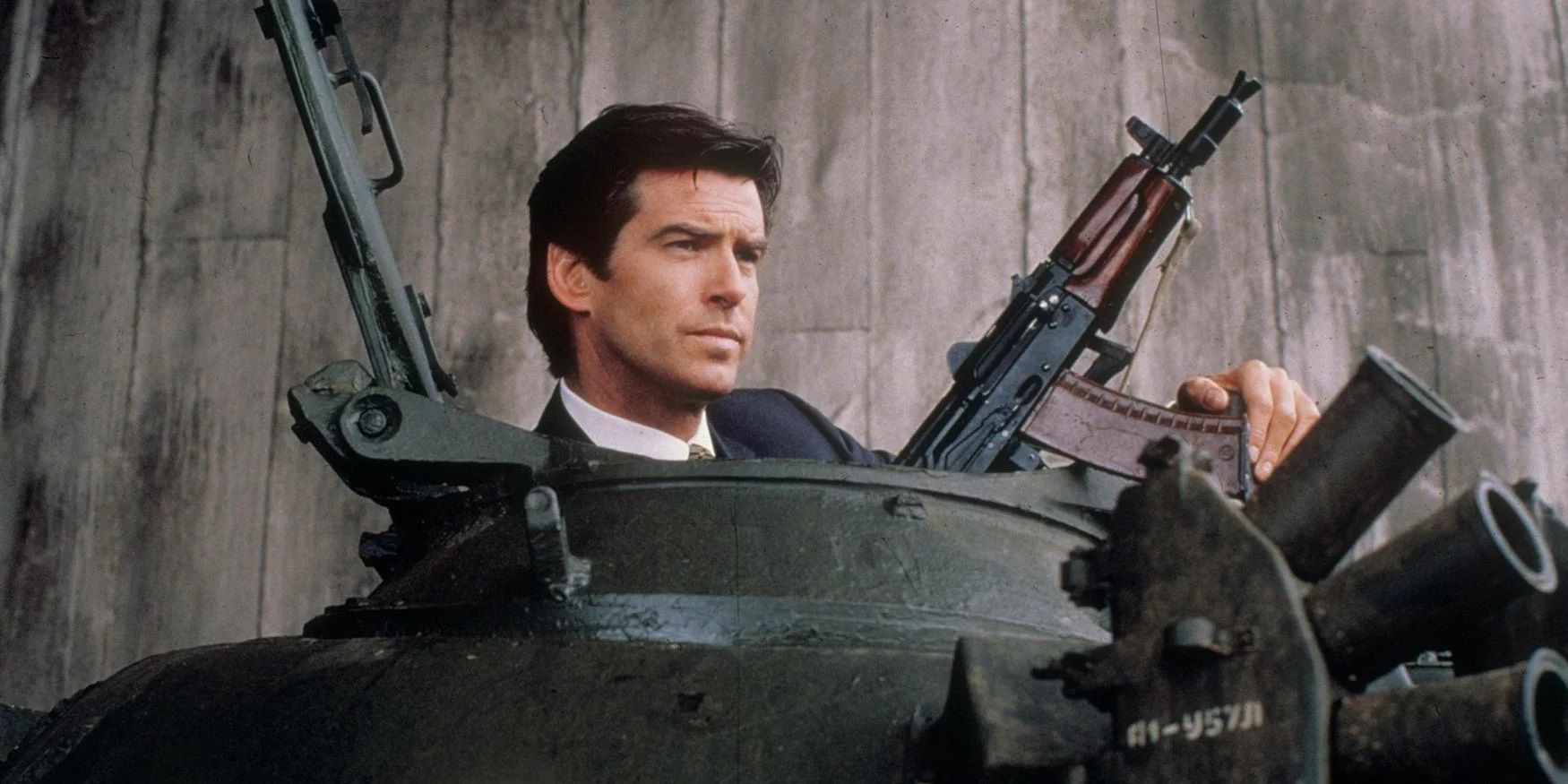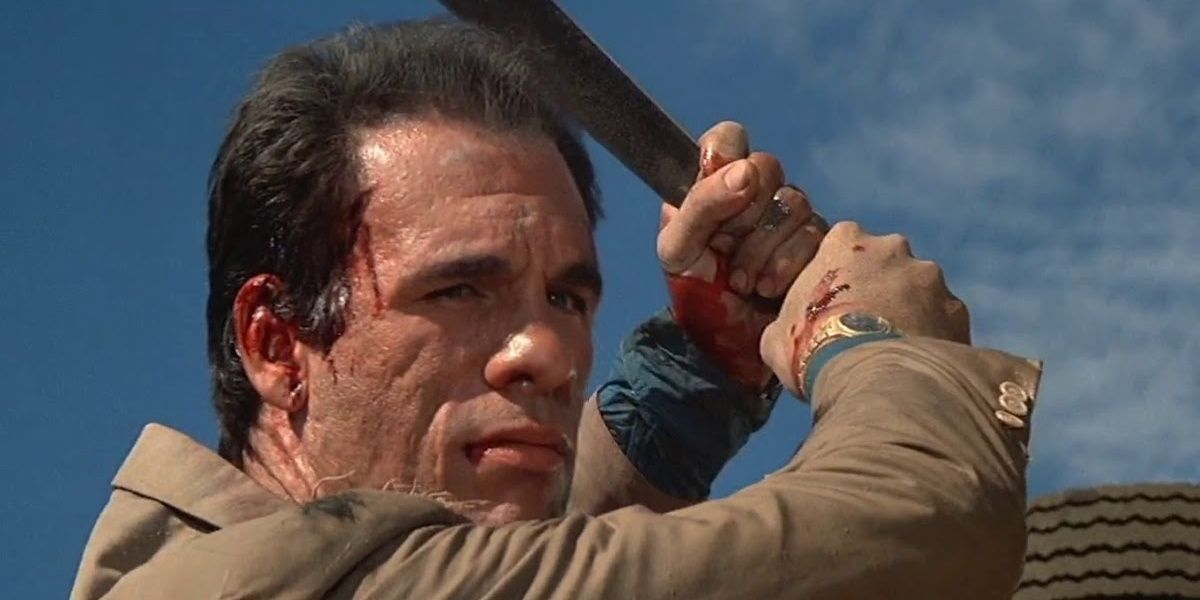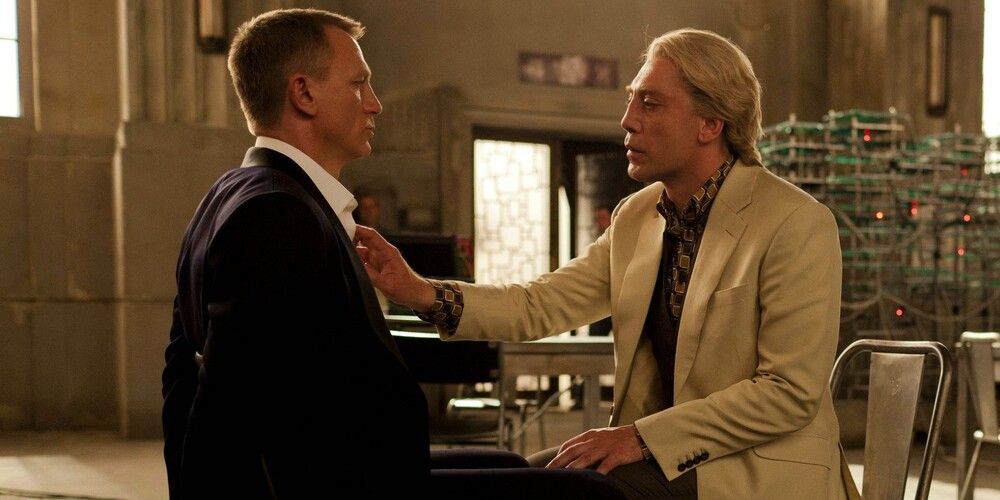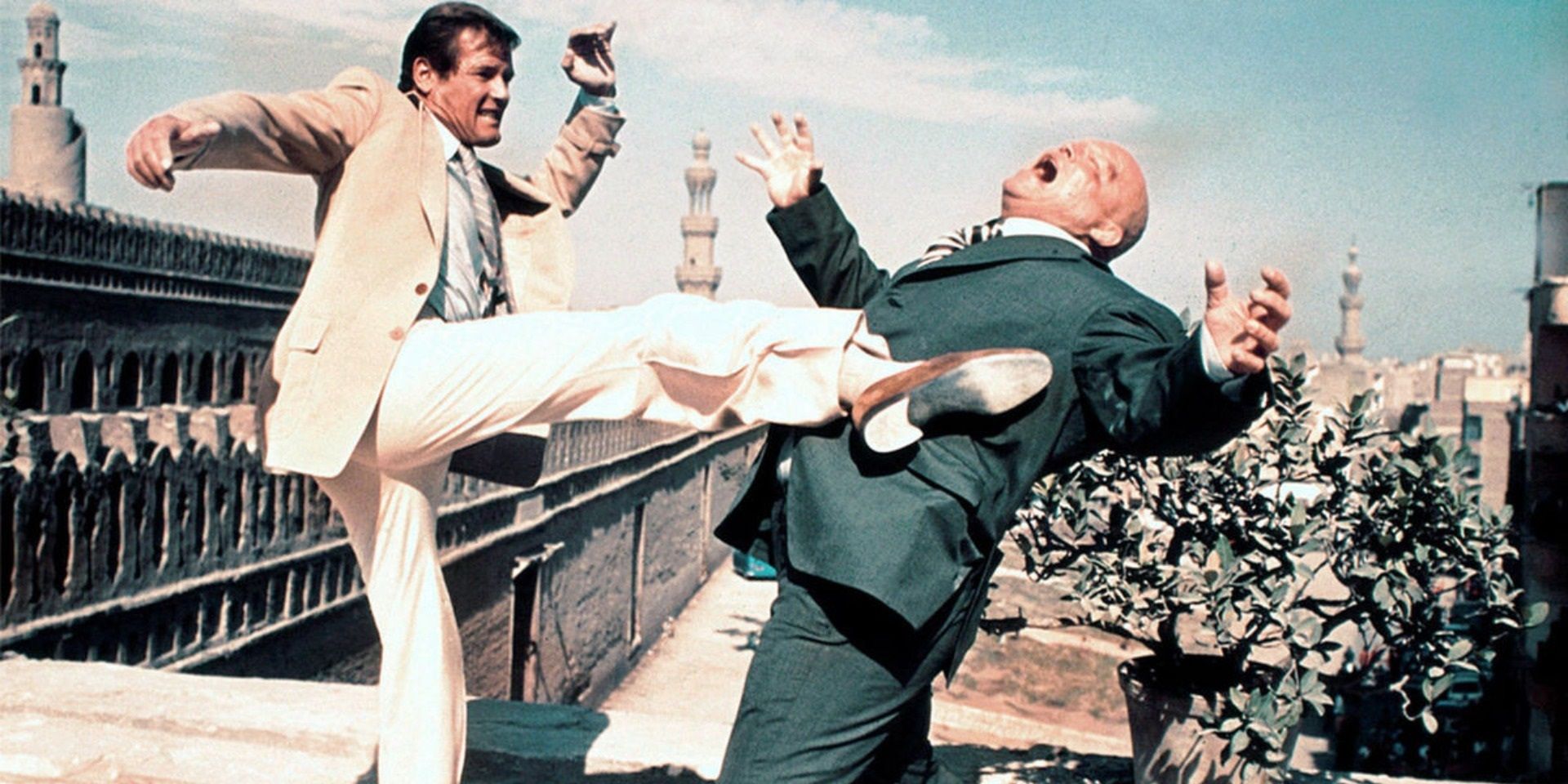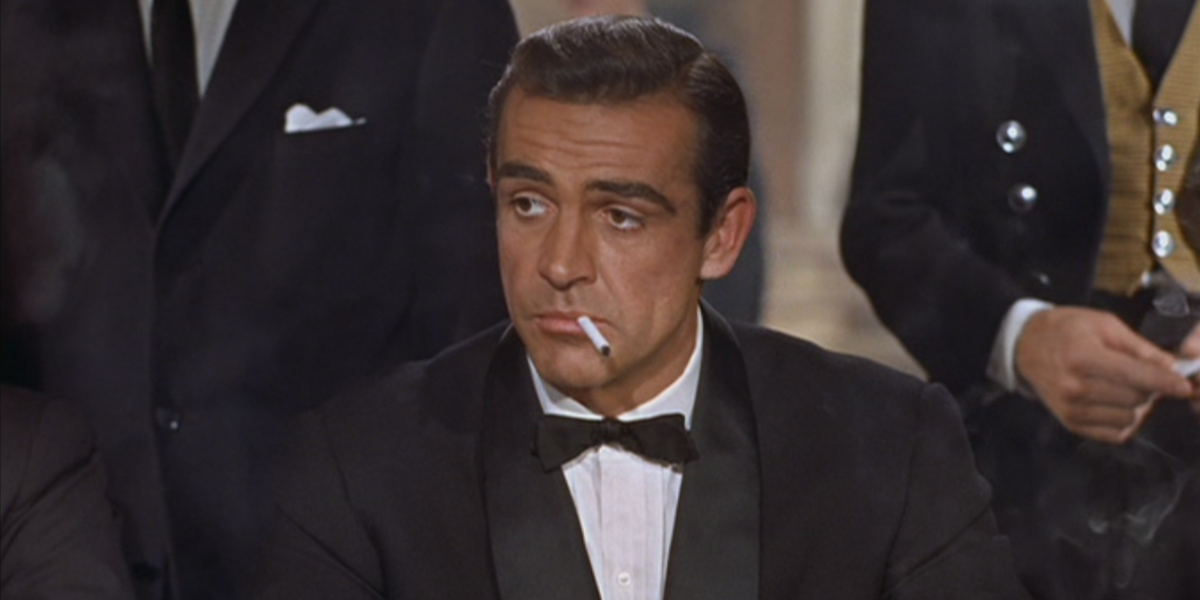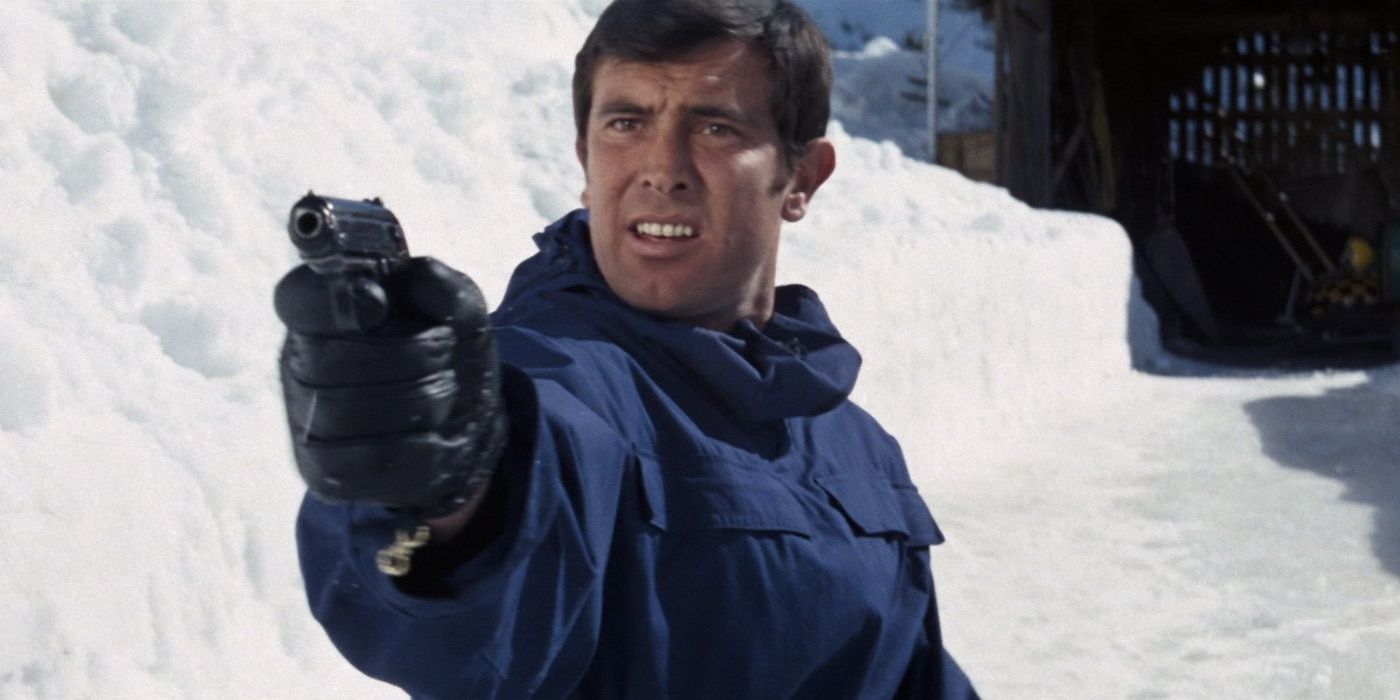Cary Joji Fukunaga’s No Time to Die is a James Bond movie like no other. It has surprising emotional weight, a bunch of shocking plot twists, and unlike the traditionally standalone, episodic installments of previous actors’ tenures, No Time to Die brings Daniel Craig’s stint as 007 to a close with a definitive, wildly satisfying finale.
But as with any modern Bond movie, No Time to Die was heavily influenced by the franchise’s history. Fukunaga drew inspiration from past 007 classics, while No Time to Die has tonal parallels with some of the greatest, darkest Bond movies ever made.
Casino Royale (2006)
If No Time to Die felt like a satisfying series finale, then Casino Royale was the riveting pilot episode that got audiences hooked. After the critical panning of the Pierce Brosnan movies, the 007 producers revamped the Bond franchise with a refreshingly gritty reboot.
Adapted from the first-ever 007 novel, Casino Royale is an origin story for Craig’s Bond, introducing him as a young, inexperienced agent and detailing how he got licensed to kill.
For Your Eyes Only (1981)
After Roger Moore’s Bond went to space in Moonraker, the producers returned to the grounded tone of the early 007 outings with For Your Eyes Only. Like No Time to Die, For Your Eyes Only is notable for being one of Bond’s darkest adventures.
In both cases, the villain killed the Bond girl’s parents. In the opening prologue of No Time to Die, Safin kills Madeleine’s mother to make Mr. White suffer the same way he did. In the inciting incident of For Your Eyes Only, Melina Havelock’s parents are gunned down on their yacht by Cuban hitman Hector Gonzales.
The Living Daylights (1987)
When Roger Moore’s stint in the role of Bond came to an unceremonious end with the poorly received A View to a Kill, The Living Daylights introduced Timothy Dalton’s dark, brooding take on 007.
Dalton only starred in two movies as Bond, but his performance was praised as a more faithful interpretation of Ian Fleming’s source material than his predecessors. The Living Daylights offered a delightfully gritty change of pace following the increasingly absurd Moore movies.
You Only Live Twice (1967)
Among other things, No Time to Die brought back the beloved trope of Bond infiltrating the villain’s extravagant lair in the big finale. You Only Live Twice has arguably the greatest (and most frequently parodied) villainous lair ever put on film.
Whereas Safin’s lair in No Time to Die is an abandoned World War II base located on a remote island between Japan and Russia, Blofeld’s lair in You Only Live Twice is hidden inside a volcano.
GoldenEye (1995)
Over a decade before Casino Royale successfully reinvented the obsolete Bond franchise, Pierce Brosnan’s 007 debut GoldenEye did the same thing (and from the same director, no less). In addition to being a crowd-pleasing, action-packed spy blockbuster, GoldenEye tackled the outdated aspects of Bond lore – including the introduction of a female M who calls Bond “a sexist, misogynist dinosaur... a relic of the Cold War.”
Like No Time to Die, GoldenEye explores the darker side of MI6. M being responsible for the villain’s bioweapon in No Time to Die is reminiscent of 006 being behind the diabolical plot in GoldenEye. Bond’s colleagues at Her Majesty’s Secret Service aren’t always the good guys.
License To Kill (1989)
Timothy Dalton’s second and final movie as Bond, License to Kill, sees 007 embarking on a personal revenge mission. Just as Bond had a personal vendetta against Ash for killing Felix Leiter and Safin for abducting his daughter in No Time to Die, he had a personal vendetta against drug lord Franz Sanchez for killing Felix’s wife in License to Kill.
This movie is essentially Bond versus Pablo Escobar and, unsurprisingly, that premise made for one of the darkest, most violent Bond movies of all time. License to Kill is the only film in the franchise’s history to receive a 15 rating in its native UK.
Skyfall (2012)
Much like No Time to Die made up for the disappointment of Spectre, Sam Mendes’ Skyfall made up for the disappointment of Quantum of Solace. Skyfall introduced a lot of the major players in No Time to Die, like Naomie Harris’ Moneypenny, Ben Whishaw’s Q, and Ralph Fiennes’ M.
There are a few distracting plot holes in Skyfall – and it has that overused “getting caught was part of the plan” villain trope – but the movie features some of Craig’s best Bond action, like an intense fight silhouetted against a neon-lit billboard and a thrilling opening chase that sees Bond crashing a motorcycle into a moving train.
The Spy Who Loved Me (1977)
No Time to Die offered a welcome return to the familiar structure of Bond movies, as 007 tracks down a megalomaniacal villain and confronts them in their extravagant lair. The Spy Who Loved Me, arguably the peak of the Roger Moore era, is a quintessential take on the Bond movie formula.
It has breathtaking action sequences, like the opening parachute jump, and exciting new vehicles, like a submersible sports car. Like No Time to Die, The Spy Who Loved Me builds to a suitably grand finale – this time aboard a supertanker.
Dr. No (1962)
Although the end credits of No Time to Die promise “James Bond will return,” its sense of finality would’ve made it pretty satisfying as the last Bond movie. It shares a few similarities with the first-ever Bond movie, Dr. No.
Most notably, the titular villain in Dr. No is remarkably similar to Safin. They both have a secret lair where Bond corners them and they both have a “god complex.”
On Her Majesty’s Secret Service (1969)
Between the Connery era and the Moore era, George Lazenby came in to star in one Bond movie, On Her Majesty’s Secret Service, and it still holds up as one of the franchise’s finest efforts. Like No Time to Die, On Her Majesty’s Secret Service explores the idea of Bond falling in love and culminates in a surprisingly tragic ending.
Director Steven Soderbergh wrote on his blog, “Cinematically, On Her Majesty’s Secret Service is the best Bond film and the only one worth watching repeatedly for reasons other than pure entertainment.”

